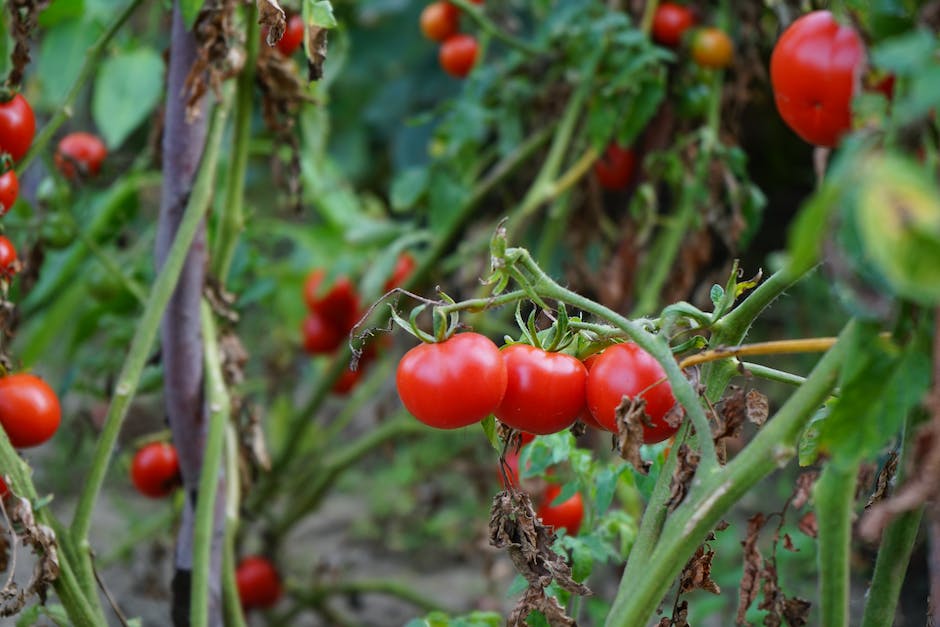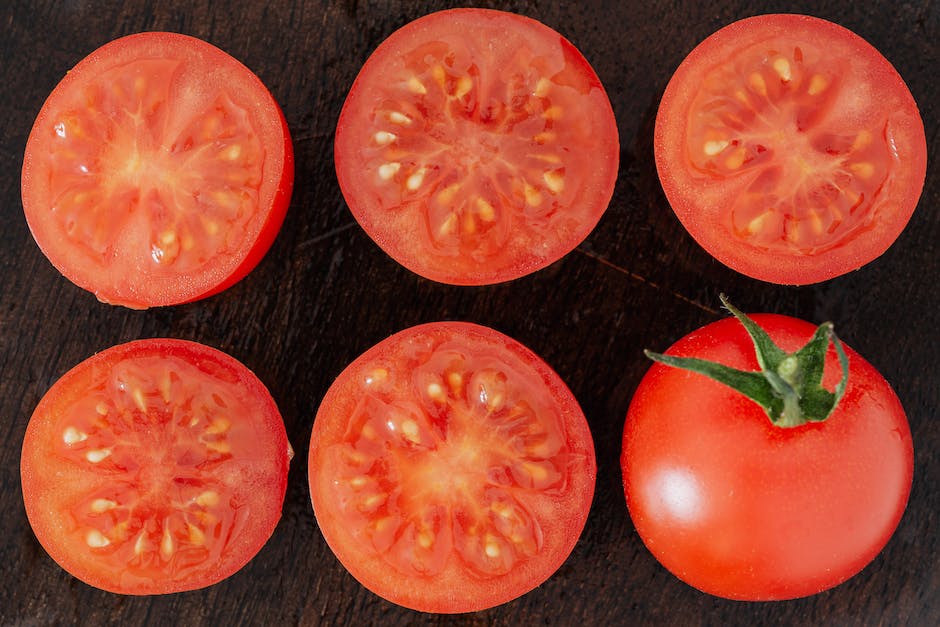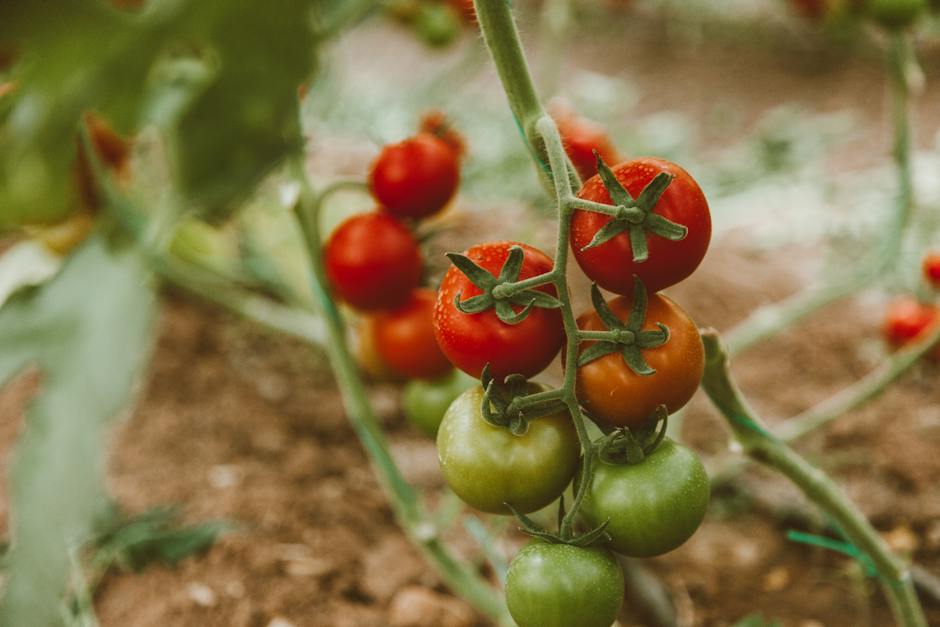Maximizing Sunlight for Your Tomato Plants

Among the vast spectrum of factors that significantly contribute to a healthy and productive tomato plant, sunlight holds an undeniably pivotal role. This life-giving light source not only boosts the photosynthesis process, but also orchestrates the raw, yet elegant rhythm of growth in the tomato plants. When properly harnessed, sunlight can stimulate these plants to reach their full developmental potential, yielding luscious, flavor-packed tomatoes. Even so, this resource can rapidly become a bane if not cautiously managed, potentially leading to sunscald or drought stress. Furthermore, strategic approaches can be implemented to optimize the sunlight utilization for the plants especially under unique circumstances such as indoor growing. This comprehensive guide aims to enlighten you on the intrinsic relationship between tomato plants and sunlight, and how to navigate around the challenges that might arise.
Understanding Sunlight Needs of Tomato Plants
The Marvelous Power of Sunlight on Your Tomato Plants
Every tomato gardener knows that the quintessential tomato plant is a mighty sun worshipper. It thrives under the warmth of our solar system’s star with an ardor that can only be described as inspirational. Without adequate sunlight, the tomato plant cannot realize its full potential. But why, one might wonder, is the sun so important to these crimson fruit-bearers?
A deep dive into the world of tomato cultivation unfolds the answer quite clearly, within the process known as photosynthesis. This is the crux of plant survival and growth, and sunlight is a key player in this marvel of nature. Tomato plants utilize sunlight to convert water and carbon dioxide into glucose, a sugar vital for a plant’s development.
The energy from the sun initiates the production of chlorophyll within the tomato plant, which is the catalyst for this entire fascinating process. Without sufficient sunlight, a tomato plant can’t produce enough chlorophyll to fuel its conversion engine – a literal green machine which morphs light, water, and carbon dioxide into energy.
Unquestionably, without adequate sunlight, a tomato plant’s ability to photosynthesize effectively is hampered. This directly influences the fruit yield and quality. Tomato fruits deprived of optimal sunlight often yield smaller, less juicy and less tasty results, which is absolutely not what we’re after on that ardent quest for the perfect homegrown tomato.
But, enthusiasm aside, what does ‘adequate sun exposure’ imply? Generally, tomato plants lust after full sun exposure, falling in love with anywhere between 6 to 8 hours of sunlight each day. This allows them to tap into their maximum photosynthesis potential, leading to healthy growth, strong defenses against disease, and ultimately, that juicy, delicious fruit we tomato aficionados so dearly love.
Furthermore, sunlight doesn’t just impact the yield of your tomato plants. The direction of the light can influence the overall growth of the plants as well. Tomato plants often ‘lean’ toward their light source, a phenomenon known as phototropism. This can be significant when planning your garden space, as you’ll want to position your plants to maximize the light they receive throughout the day.
In conclusion, don’t underestimate the power of a bright sunny day for your tomato plants. The sun doesn’t just warm their leaves, it fuels their entire life-cycle and ultimately, the quality and quantity of their savory fruit. To master the art of tomato growing, understanding and harnessing sunlight is an irreplaceable part of the process. Keep your plants bathed in the sun’s golden glow, and they’ll reward you with a bounty truly worthy of the gods of gardening!

Mitigating Sunlight-related Problems
Shielding Your Tomato Plants from Excessive Sunlight: The Right Way
While embracing the sun’s vital role in empowering the growth of tomato plants, it’s crucial to discuss another side of our star’s coin: excess sunlight. Factually, while sunshine catalyzes photosynthesis, shields against diseases, and bolsters fruit yield, a fine line has to be drawn when it comes to sun exposure. This article endeavors to guide hobbyist gardeners on how to protect precious tomato plants from the damaging effects of excessive sunlight.
Factor number one: Choosing the right tomato variety. Among hundreds of tomato species, some are more sun-resistant than others. Varieties that are suited to warmer, sunnier climates could resist sun stress more effectively. Consider integrating sun-loving species like SunGold, Heatmaster, or Solar Fire into your garden.
Next thing to focus on is your garden’s appearance and structure. Strategically placed taller plants or structures can create a partial sunblock for your tomatoes during the peak hours of sunlight. Garden accessories like trellises, pergolas, or even garden umbrellas can be used as elements to add shade.
Mulching makes a huge difference too. A thick layer of mulch around the base of your tomato plants can keep the soil cool and retain moisture, which is essential in preventing sun damage. Organic mulches like shredded leaves, grass clippings or straw are superb options.
Have you ever thought of shade cloth? Using a shade cloth could be a great way to protect your tomatoes from excessive sunlight and heat, especially during scorching summer afternoons. Look for shade cloth that blocks 30-50% of the sunlight, to allow your tomatoes adequate light without the burn.
Don’t overlook a consistent watering schedule. During periods of excessive sunlight, keeping the soil adequately moist becomes more critical. Work with early morning or late evening watering schedules, ensuring that your plants have the hydration they need to combat sun stress.
Last but not least, apply a calcium treatment to your tomato plants. Known as a sun-scald preventative, calcium forms a protective layer that shields the plants from the damaging rays of the sun. You may opt for ready-to-use sprays or create your own concoction from calcium nitrate.
Effectively protecting your tomato plants from excessive sunlight is a mix of planning, structural interventions, and proactive gardening strategies. Ultimately, your green thumb will be shaking hands with luscious, healthy tomato plants, shielded under the perfect balance of captivating sunlight and protective shade.

Implementing Sunlight Optimization Techniques
To cultivate robust tomato plants that bear high-quality fruits, it’s paramount to consider the strategies that optimize sunlight exposure. One such inventive technique involves the strategic positioning of the plants. Thoughtful positioning ensures every tomato plant gets an equal share of sunlight, hence fostering healthier growth. For instance, when planting multiple rows, ensure the tallest varieties are planted in the northernmost row. This avoids the shade on shorter plants and allows optimal sunlight distribution.
In addition, lateral training is also a fantastic strategy for ensuring optimal sunlight. This practice involves encouraging horizontal growth rather than vertical growth allowing every leaf to get its fair share of sunlight. This method is typically used in greenhouses, but it can be just as effective in a home garden scenario.
To further intensify sunlight exposure, consider utilizing reflective mulches — like those made from silver or white plastic. These reflect sunlight back onto the plant, helping to increase light exposure. However, it’s crucial to take note that reflective mulches may lead to sunscald if the intensity of light gets too high. Monitor the plants closely and adjust as necessary to strike the perfect balance.
One can also utilize the practice of pruning, which involves removing unnecessary leaves that might be blocking sunlight to certain parts of the plant. This process not only enhances sunlight exposure but also improves airflow. Prune your tomato plants regularly to maintain the plant’s optimal health and productivity.
Remember, while the focus is on optimizing sunlight exposure, it’s equally important not to overdo it. Too much direct sunlight can cause sunscald, leaving fruits with white or yellow patches that are sunken and leathery. In this case, the use of a sunshield or sunshade can come in handy in protecting the plants from excessive sunlight, particularly at high noon during hot summers.
Lastly, appropriate rotating of the crops can help to maximize sunlight exposure and thereby the growth and productivity of the tomato plants. Tomato plants need full sun, but they also benefit from a reprieve in the afternoon when the sunlight can be most harsh. By rotating crops throughout the growing seasons, you position the plant in different areas to benefit from the light at different times of day.
In conclusion, it takes a bit more than just planting tomato seeds in the ground and watering them to get high yielding plants. The understanding of sunlight distribution is key to getting the highest quality crops. A well-implemented combination of these strategies is the secret to reaping a bountiful harvest of rich, juicy tomatoes.

Understanding the sunlight needs of tomato plants is more than just a measure—it’s a methodical dance in harmony with nature where the fruits of knowledge and patience are ripe, succulent tomatoes. Optimizing sunlight exposure, while preventing and addressing problems like sunscald or drought stress, are essential skills each grower must embody. It also opens doors to nurture your tomatoes effectively, even in seemingly restrictive environments like indoors. So, let sunbeams be not only the light that warms the leaves of your tomato plant, but also the illuminating insight that guides you to become an exceptional tomato grower.



